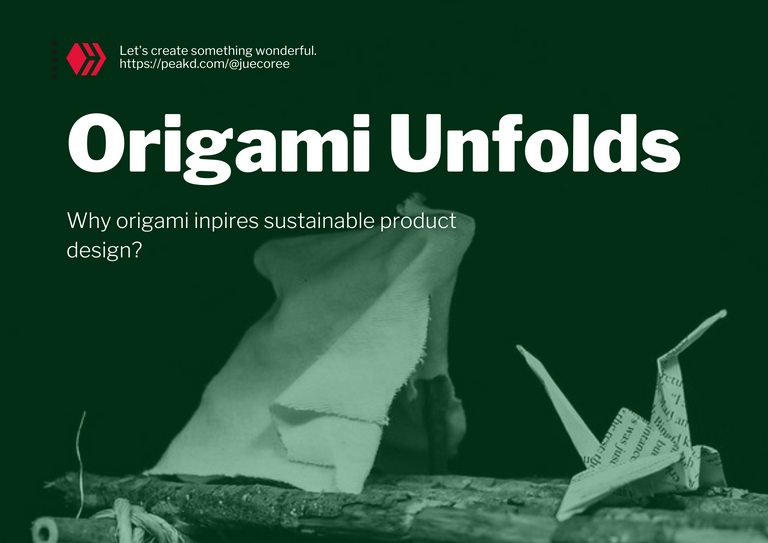
Sustainability is a visionary dream that is difficult to achieve. We thrive to fulfill the need for sustainability in our lives as we respond to climate change and the looming catastrophe that we may face in the future. We are running a marathon to reverse climate change within a narrow window of opportunity before it is too late and irreversible. Sustainability sought to make the world a better place for everyone and future generations.
When we talk about sustainability, we design to use less energy and have eco-friendly infrastructures, such as water, electricity, transportation, and healthcare. Sustainable models highlight all-inclusive solutions, which allow us to improve our environment, economy, socio-cultural well-being. Sustainability may not be the end goal, but we can sustain a healthy status quo with it, which we can slow down the rate at which our environment deteriorates. It gives us ample time to find a better solution that is regenerative.
The origami-like design may not be called regenerative but sustainable; hence we can optimally design systems that may use lesser material volume but still has the original strength through folding. Origami, at its inception, is a form of art, which eventually evolve to be a decent design philosophy that enables us to address design complexity problems. We also can't deny that it affects how we design for innovation, which we apply across multiple disciplines.
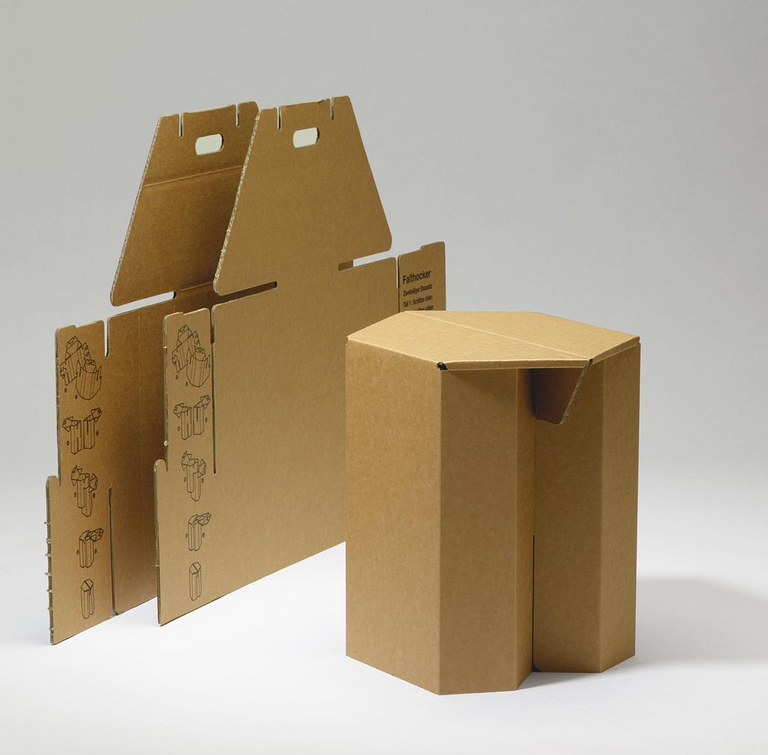
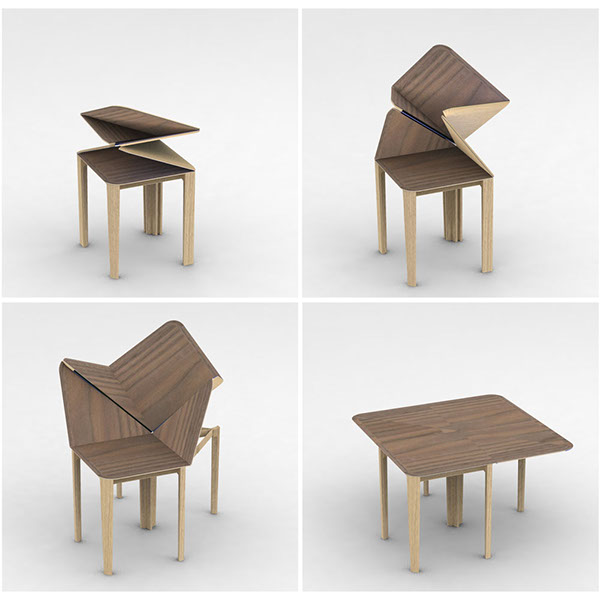
Our love of origami design sprouted from our attempts throughout history to form elements from a single piece of industrial materials. Previously, we achieved it solely by bending after cutting to transform two-dimensional materials into three-dimensional objects. Origami shared a similar spatial transformation, in which we unfurled plat surface and morphs to a three-dimensional state by folding or folding after cutting. It can be helpful in one-axis bending in the production that greatly benefits product design, like the concept creating and form producing phase in the design language.
Origami offers a sustainable product design by merging sustainable materials and the ingenious folding technique from origami. Origami-inspired innovation and products pop up to dozens of start-ups to date. After all, the ancient folding art of origami transcends boundaries beyond functional over sustainable. We saw how efficient and optimal origami-inspired designs which also aesthetically pleasing.
Besides, origami exemplifies the need for a product to be good in and out, like how Steve Job strive to innovate Apple to be attractive and functionally better. Origami values precision that by simply folding paper, we learn that one incorrect fold may ruin the entire piece. Even if you can't see every fold within an origami piece, even minute errors can create a noticeable impact when viewed as a whole.
Origami even influences how we design our furniture. Origami furniture, some are constructed of cardboard, while others are metal or plastic. Origami seems to influences many buildings and living places. Recently, we've seen sports equipment featuring origami inspirations. Origami, the art of paper folding, offers numerous ideas for usage at home and play, but the one thing floats above all. Origami makes it possible to design home furniture, which we can easily store, package, and move more effectively.
Designing better product packaging seems one of the keys to having sustainability. Although we normalize the use of plastic packaging, we can ignore how much pollution we generate, and over the year, it becomes insurmountable. The designer becomes more aware of this insurmountable problem that we are diverting some of the packagings to a more sustainable or even better regenerative or circular. We now prefer recyclable and renewable. Some brands offer packaging for upcycling. Origami is in a better position, which is why countless designers adapt it.
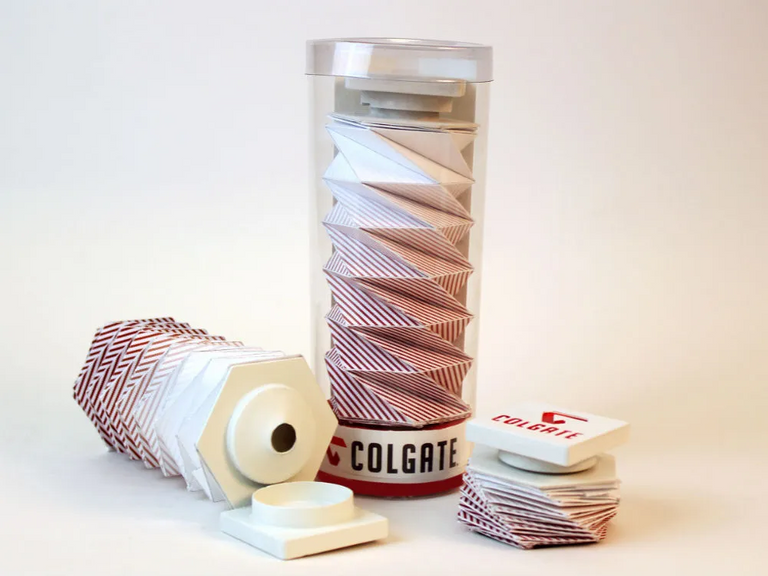
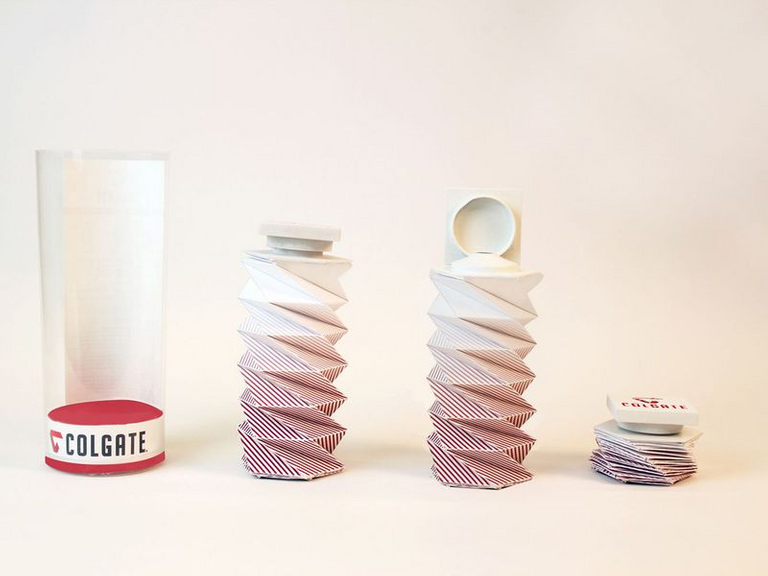
One of these entrepreneurs combining origami with business is Ryan Yasin, an Iceland-born designer living in London. He had researched satellite panels that fit into millimeter-wide gaps before they self-deployed in space, having a background in aeronautical engineering. Yasin designed clothes that take some inspiration from origami. He created an origami-inspired shirt that grows as the child grows and founded Petit Pli. Sustainable clothing offred by Yasin uses fibers from PET bottles. Origami-based solutions are usually visually appealing, and we can understand how the origami solution adds value and how commercially viable it is.
Nicole Pannuzzo changed the toothpaste tube to a more optimal design. She felt to enhance the brand's packaging and create a new design that accounts maximize the amount of toothpaste drawn out from the tubes. Instead of adding more unneeded goods to tackle the problem, she felt it would be more reasonable to revamp what was already there. She takes inspiration from the folding technique in origami. The design is a swirling, cylindrical tube inspired by origami that compresses like an accordion until it is as flat as a folded sheet of paper. It has a flat-top cap and canister form that we can easily place in our bathroom sink.
Another ingenious product design inspired by origami is from DiFOLD. As we know, bottled water and coffee cups are quite a commodity that we can't ignore the environmental effect. Petar Zaharinov designed and built origami bottles, which are collapsible and stylish water flasks. It reduces up to 90% of logistic problems and saving fuel and carbon emission. The design is foldable and reusable. Aside from that, the flask operates with both cylindrical and conical forms, which creates an aesthetically appealing form. Zaharinov believed that we make all containers foldable with the origami design.
We can't deny that we have growing biohazard waste. We used billions of needles and syringes, including by healthcare professionals and those who are not. When we dispose of needle and syringe waste improperly, it poses a significant biohazard cause blood residues in the inner tube that we can't break or process by recycling. These biohazard wastes increase as we continue the COVID19 vaccination. Daniel López Velasco designed a helix, a collapsible syringe that is a sustainable alternative to the disposable we used to date.
A traditional syringe has a plastic tube with a string-thin steel needle. It has steel, polyethylene, rubber, resin, adhesive, and thermal dye in one product. It means a lot of waste and is strenuous to upcycle or decompose. Velasco's helix only contained FlexiOG UV, which is heat-curable silicon, but it still has the stiffness of the needle with better flexibility overall. The design gets inspiration from the ability to compact volume without being lost in origami.
We can create a plethora of shapes and forms with a single sheet of paper in origami. We can successfully mimic and innovate the origami to suit our design needs for engineering, product, or built space. We can see a paradigm shift in how we design things. With its remarkable versatility and functionality, origami is posing to revolutionize design and engineering as we knew it. Not just to optimize our design but to make sure we have a sustainable or even better regenerative design. Sustainability is a lofty goal that is difficult to realize, but origami helps us step forward in designing for sustainability.
Origami unfolds: Designs for space, robots and face masks. Origami is a hobby or an artistic expression. In contrast, engineers learned to adapt origami as an invaluable modeling approach to real-world problems like technology for space exploration. Origami enables us to curve, fold and stretch to create structures to overcome a self-assembling problem in engineering.
Origami Unfolds: Redefining contemporary architectural design. Origami enables us to frame space economically without losing optimal functionality and versatility, as well as aesthetics. Origami artists can create a plethora of shapes and forms with a single sheet of paper. If we successfully mimic and innovate the origami to suit our built space, we can see new things that our building can do.
Author's Note: This post is the third and final part of the Origami Unfold Series.
Readings
Elissa Morris, Daniel A. McAdams, and Richard Malak, The State of the Art of Origami-Inspired Products: A Review , International Design Engineering Technical Conferences & Computers and Information in Engineering Conference
Laura Messchendorp, Old art, new design: How origami is shaping the startup world , Startup Europe
Photo Description and Credit
Origami Table designed by Yifei Chai | Photographed by Yifei Chai
Falthocker cardboard stool by Hans-Peter Stange | Photographed by Hans-Peter Stange
The toothpaste tube designed by Nicole Pannuzzo | Photo from Nicole Pannuzzo/Smithsonian
Petit Pli: Clothes That Grow | Video from
Disruptive Innovation FestivalOrigami Bottle! Revolutionary space-saving bottle by DiFOLD. | Video from DiFold Inc.
This origami-inspired collapsible syringe provides an eco-friendly alternative! | Video from Yanko Design
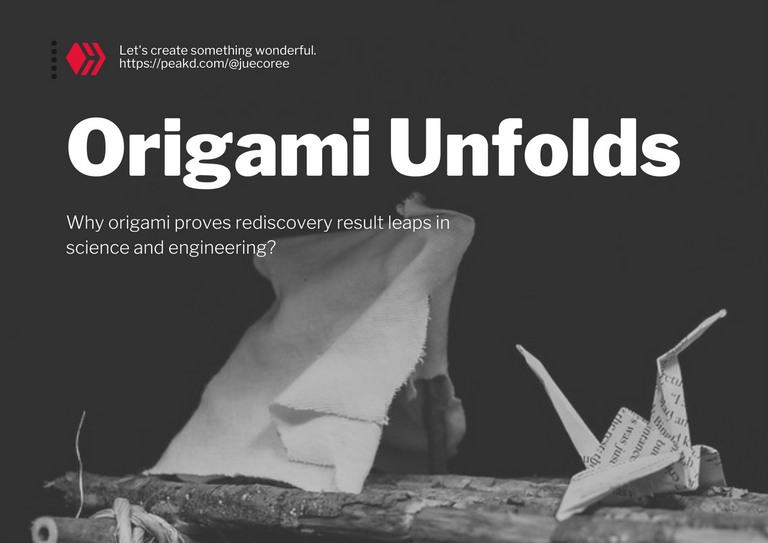
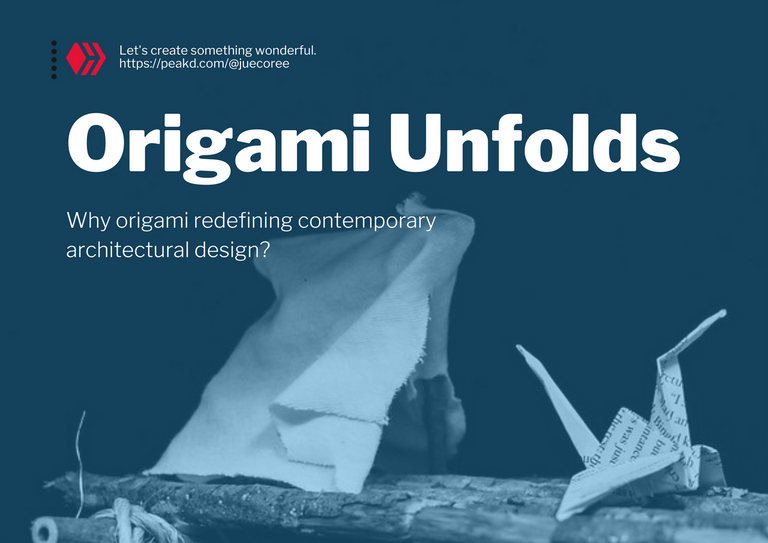
Origami in the next level. This idea is great in innovating our materials. nice post
Yes, it is. !PIZZA
@intoy.bugoy! I sent you a slice of $PIZZA on behalf of @juecoree.
Learn more about $PIZZA Token at hive.pizza (3/10)
The rewards earned on this comment will go directly to the person sharing the post on Twitter as long as they are registered with @poshtoken. Sign up at https://hiveposh.com.
Yay! 🤗
Your content has been boosted with Ecency Points, by @juecoree.
Use Ecency daily to boost your growth on platform!
Support Ecency
Vote for Proposal
Delegate HP and earn more
Thanks for your contribution to the STEMsocial community. Feel free to join us on discord to get to know the rest of us!
Please consider supporting our funding proposal, approving our witness (@stem.witness) or delegating to the @stemsocial account (for some ROI).
Please consider using the STEMsocial app app and including @stemsocial as a beneficiary to get a stronger support.
Congratulations @juecoree! You have completed the following achievement on the Hive blockchain and have been rewarded with new badge(s) :
Your next target is to reach 3250 replies.
You can view your badges on your board and compare yourself to others in the Ranking
If you no longer want to receive notifications, reply to this comment with the word
STOPDear @juecoree, Origami designs can reduce waste of resources and space than traditional designs.
However, can the strength and reliability of the materials used in origami designs be guaranteed?
Only when strong and reliable material engineering and chemical technology advances can the origami design become popular!